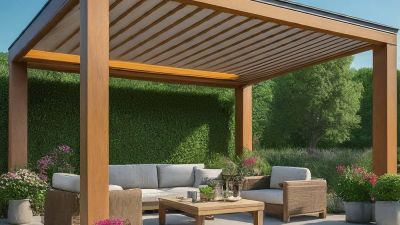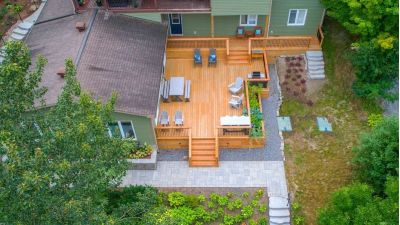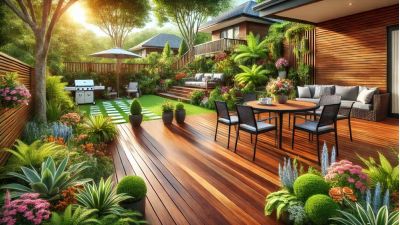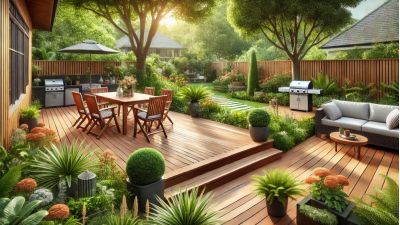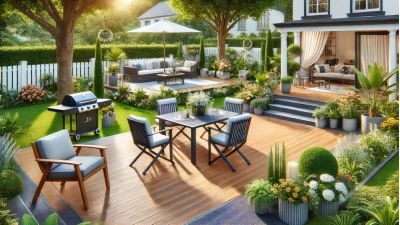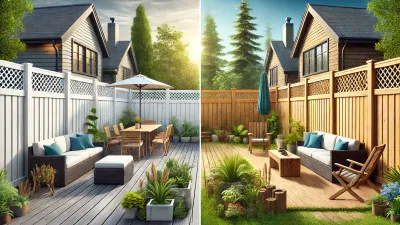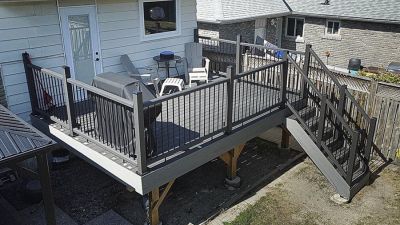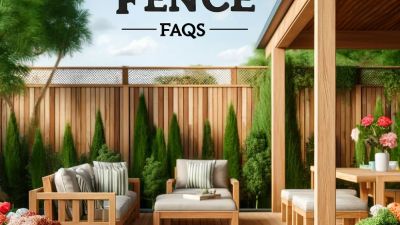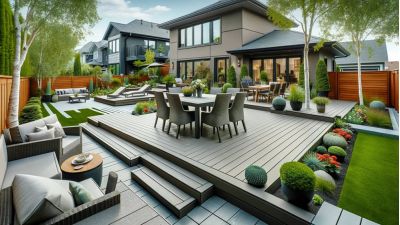Fence Installation in Toronto
Durability, Cost, and Aesthetics: Wood vs. Composite Fences Breakdown
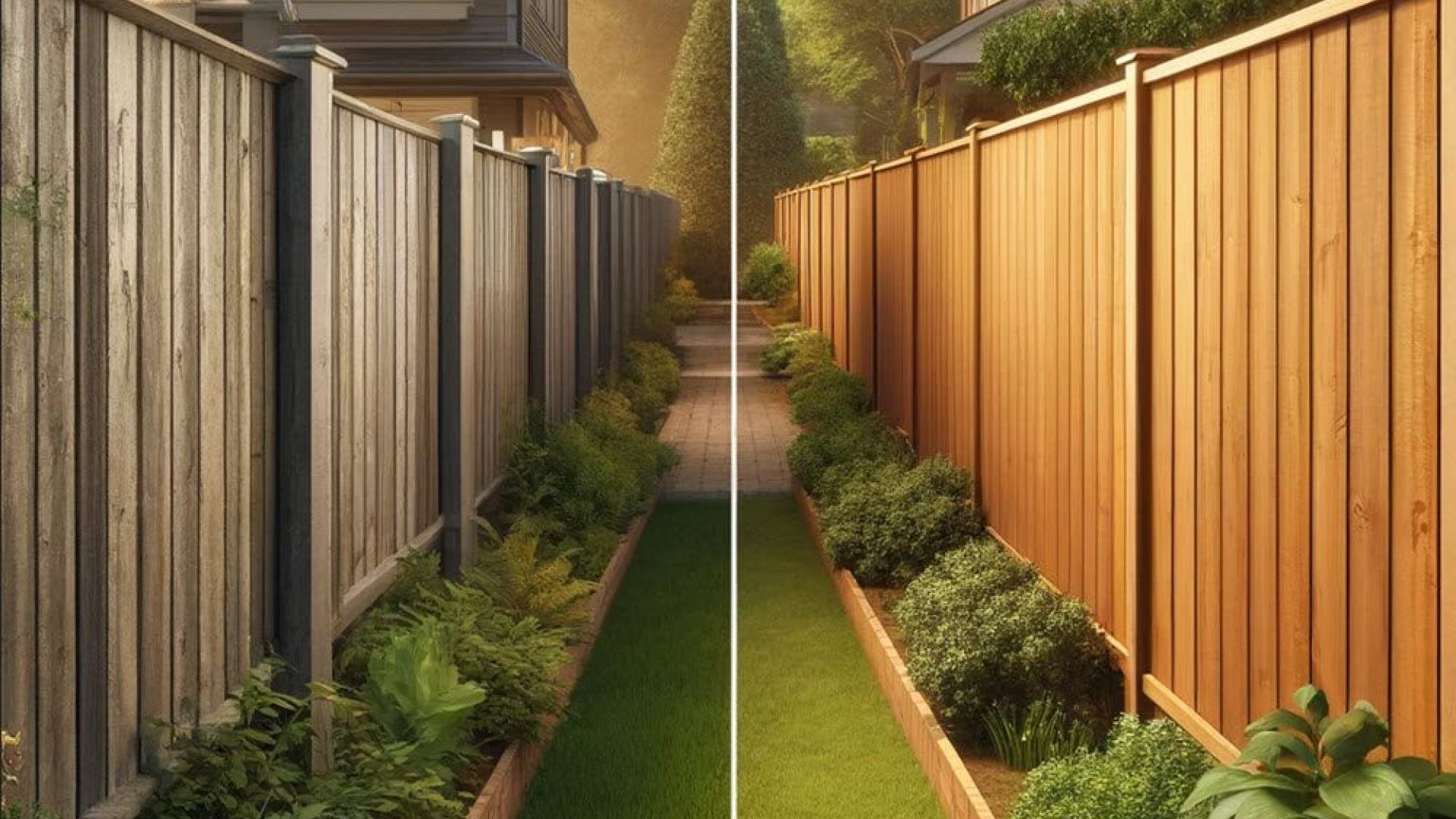
Fence Installation in Toronto
When it comes to choosing fencing materials for your home, the decision often boils down to wood versus composite. Each option offers distinct advantages and challenges in terms of durability, cost, and aesthetics. Understanding these can help you make an informed choice that aligns with your needs and preferences.
Durability
Wood Fences: Traditionally, wood has been a popular choice for fencing due to its natural appearance and initial affordability. However, wood fences require regular maintenance including staining or painting to maintain their condition and prolong their life. Without proper care, wood is susceptible to weathering, rot, and insect damage, which can significantly reduce its lifespan.
Composite Fences: Composite fencing is a mixture of recycled wood fibers and plastic. It is designed to mimic the look of wood while offering enhanced durability. Composite materials are highly resistant to rot, fading, and insect damage. They do not require painting or staining and can last up to 25-30 years with minimal maintenance, making them an excellent choice for durability.
Cost
Wood Fences: Initially, wood fences tend to be less expensive than composite. The cost can vary widely depending on the type of wood chosen. For example, a basic pine fence might be quite affordable, whereas more exotic wood types like cedar or redwood can be significantly more costly.
Composite Fences: Composite fencing generally comes with a higher upfront cost compared to wood. However, the minimal maintenance requirements can make it a more cost-effective option over the long term. The lack of a need for frequent repairs or replacements means that the total cost of ownership for a composite fence can be lower than that of a wood fence over its lifespan.
Aesthetics
Wood Fences: Wood offers a classic and timeless look that many homeowners desire. It can be easily customized with stains and paints to match any landscaping style or home color scheme. However, the appearance of wood can deteriorate quickly if not regularly maintained.
Composite Fences: While composite fences are designed to look like wood, some homeowners may find them less authentic in appearance. However, the color and texture have improved significantly over the years, offering a variety of choices that closely mimic real wood. Composite fencing’s consistent appearance over time is a major aesthetic advantage, as it does not fade or stain as wood does.
Environmental Impact
An additional factor to consider is the environmental impact of your fencing material. Wood is a natural and renewable resource, especially if sourced from sustainably managed forests. Composite materials, while not natural, help reduce waste by using recycled plastic in their construction, which can be a significant environmental benefit.
Conclusion
The choice between wood and composite fencing should be based on your specific needs, budget, and preference for appearance and maintenance. Wood fences might appeal more to those who prefer natural materials and are willing to invest time in maintenance. In contrast, composite fences offer a durable, low-maintenance alternative with a modern look and a longer lifespan, albeit at a higher initial cost.
Regardless of your choice, Proper Construction Inc. is here to provide high-quality installation and advice on the best materials to suit your property’s needs and your aesthetic desires.
